Optimal Timing for Radiant Barrier Installation
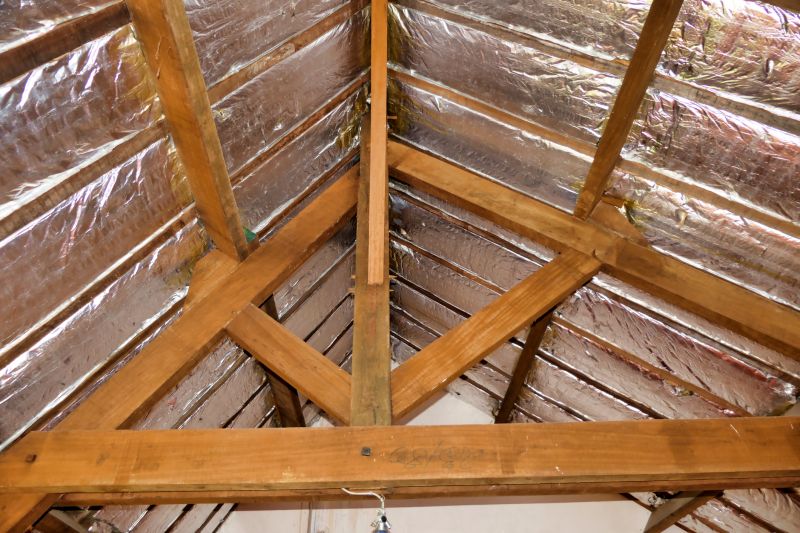
Installing a radiant barrier in summer can help reduce attic temperatures and lower cooling costs.
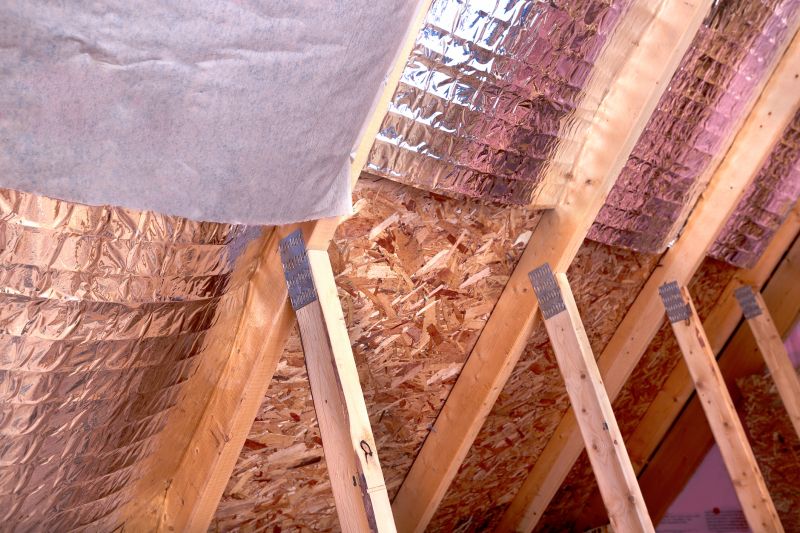
Fall is an ideal time for installation to prepare for winter insulation and improve energy efficiency.

Ways to make Radiant Barrier Installations work in tight or awkward layouts.
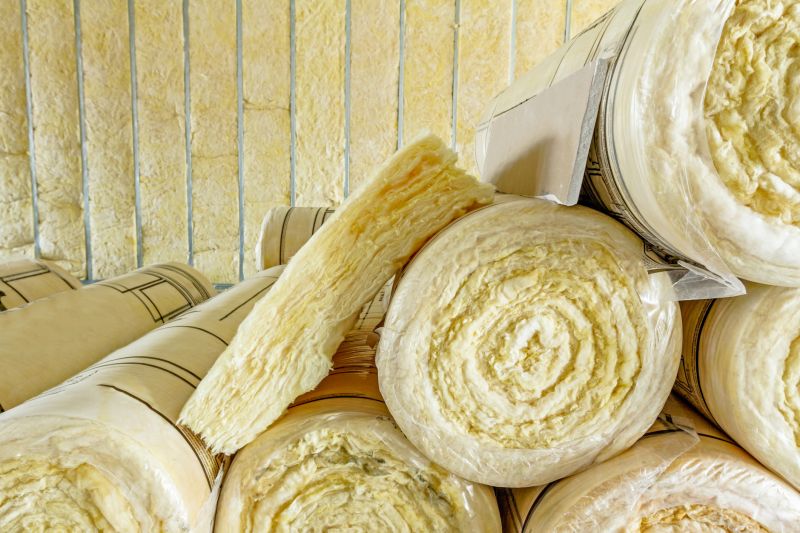
Popular materials for Radiant Barrier Installations and why they hold up over time.
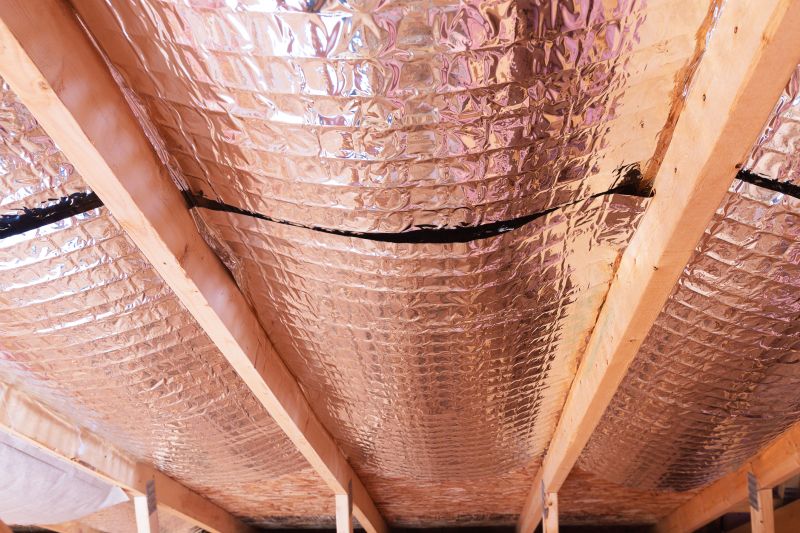
Simple add-ons that improve Radiant Barrier Installations without blowing the budget.

High-end options that actually feel worth it for Radiant Barrier Installations.

Finishes and colors that play nicely with Radiant Barrier Installations.

Little measurements that prevent headaches on Radiant Barrier Installations day.
Radiant barrier installations are most effective when performed during specific periods of the year, depending on climate and energy goals. The primary benefit of radiant barriers is their ability to reflect heat away from living spaces, reducing cooling costs in warmer months and assisting with insulation in cooler seasons. Proper timing ensures maximum energy savings and optimal performance of the barrier.
Installing a radiant barrier can lead to significant reductions in attic temperatures—often by up to 30 degrees Fahrenheit—resulting in decreased air conditioning use and lower utility bills. The best time for installation varies based on regional climate, but generally, late spring through early fall is ideal for addressing summer heat, while late summer to early fall can prepare homes for winter. Proper installation during these periods ensures the barrier functions effectively when it is needed most.
Installing in summer maximizes cooling efficiency, while fall installations help with winter insulation.
Regions with high summer temperatures benefit from early installation, whereas milder climates may have flexible timing.
Installing before extreme weather seasons ensures energy efficiency and comfort throughout the year.
Proper timing enhances the barrier’s lifespan and energy savings over time.
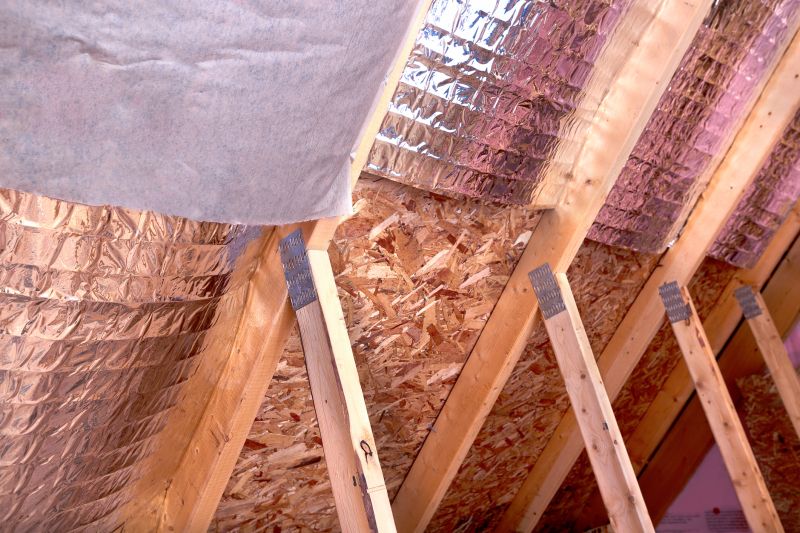
Properly installed radiant barriers reflect heat away from attic spaces.
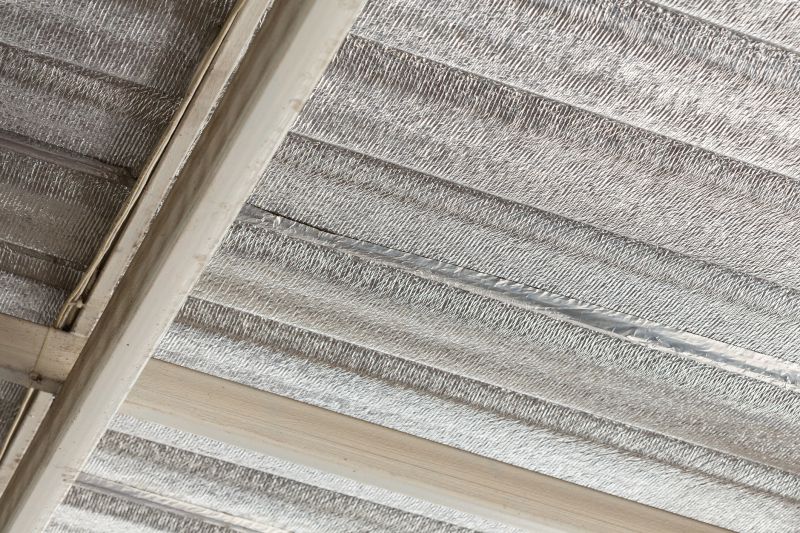
Data shows significant reduction in cooling costs after installation.
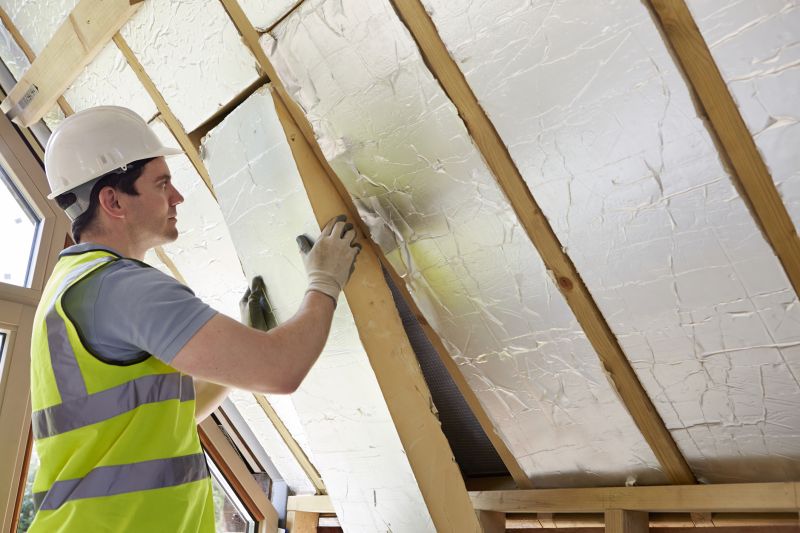
A 60-second routine that keeps Radiant Barrier Installations looking new.

Assessment helps identify the best timing for radiant barrier installation.
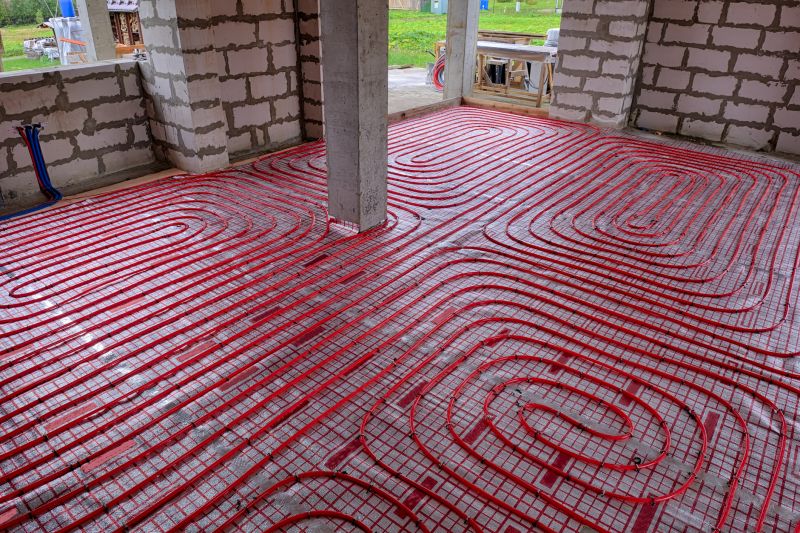
A frequent mistake in Radiant Barrier Installations and how to dodge it.
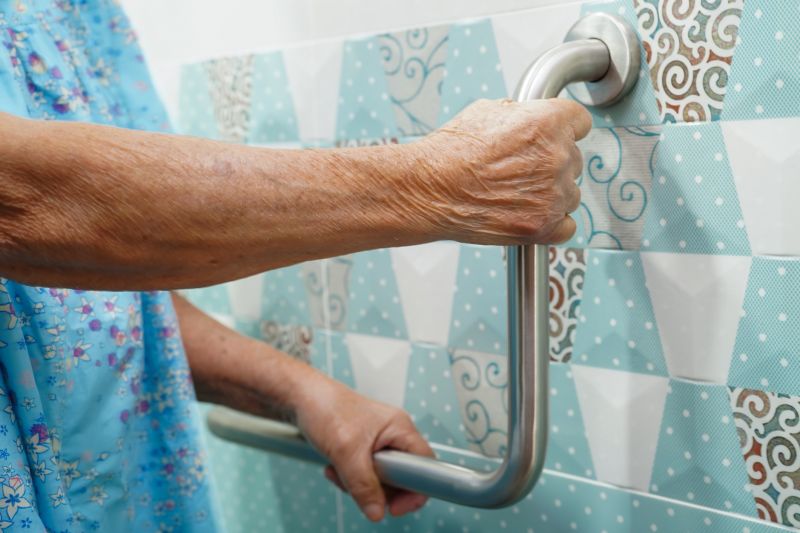
Small tweaks to make Radiant Barrier Installations safer and easier to use.
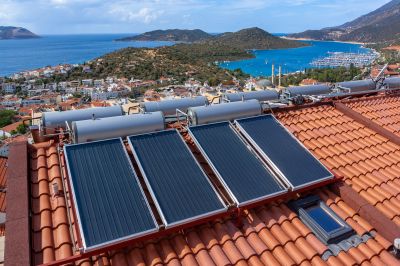
Lower-waste or water-saving choices for Radiant Barrier Installations.
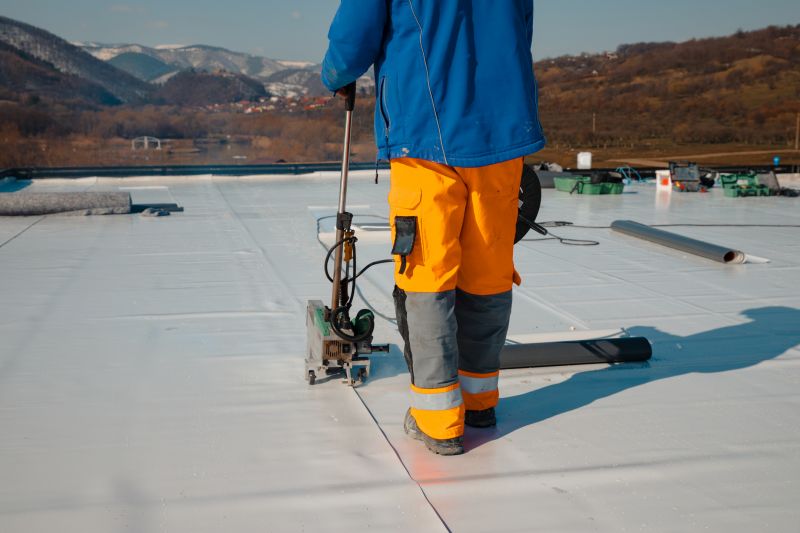
The short, realistic tool list for quality Radiant Barrier Installations.
| Season | Ideal Timing |
|---|---|
| Spring | Late March to early May for pre-summer cooling |
| Summer | June to August for immediate cooling benefits |
| Fall | September to November to prepare for winter |
| Winter | Limited; mainly for insulation enhancement |
Choosing the right time for radiant barrier installation depends on regional climate, energy goals, and home conditions. Analyzing seasonal temperature patterns helps determine the most beneficial period for installation, ensuring maximum efficiency and cost savings. Consulting with professionals can provide tailored advice based on specific needs and local weather trends.
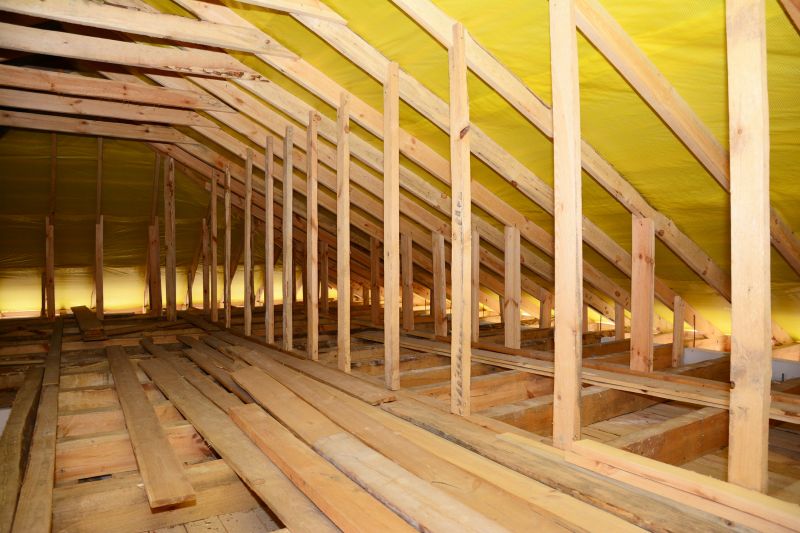
Attic spaces can reach high temperatures without barriers.

High-quality reflective materials are essential for effectiveness.
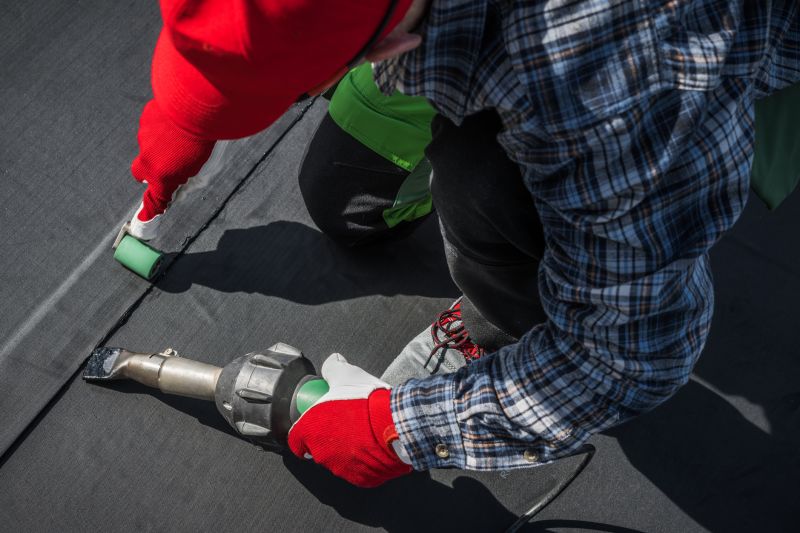
Proper installation ensures maximum heat reflection.
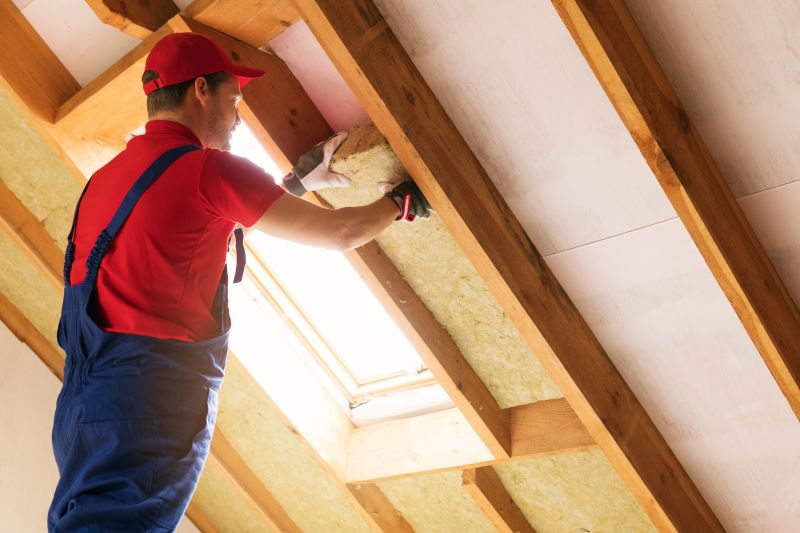
Rough timing from prep to clean-up for Radiant Barrier Installations.
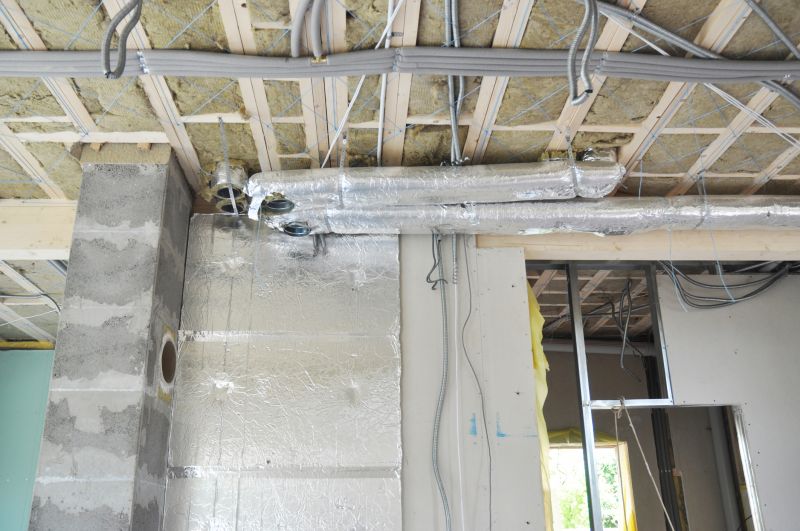
Quick checks and paperwork to keep after Radiant Barrier Installations.
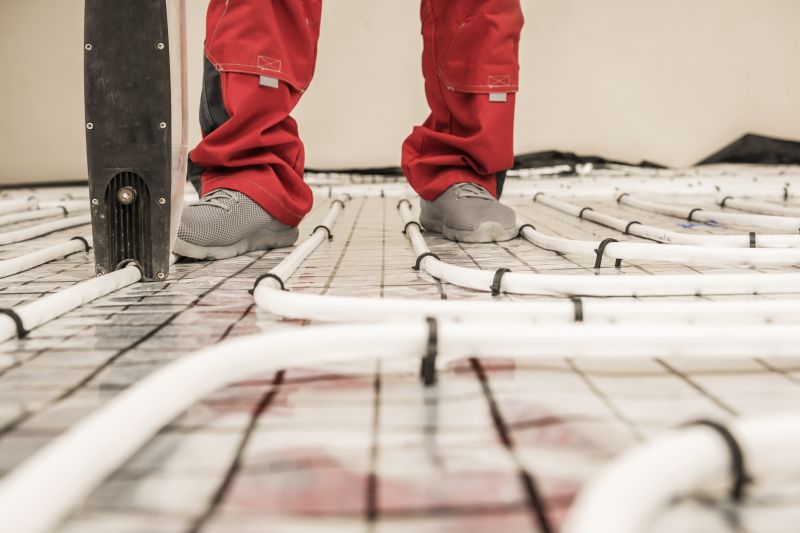
Examples that show the impact a good Radiant Barrier Installations can make.
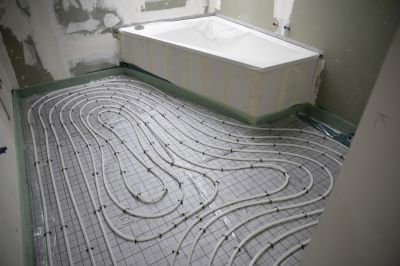
Ways to make Radiant Barrier Installations work in tight or awkward layouts.
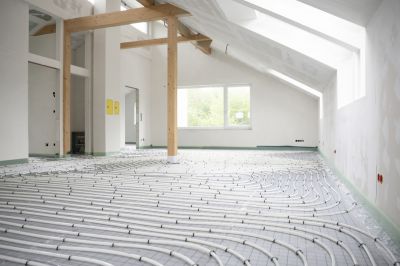
Ways to make Radiant Barrier Installations work in tight or awkward layouts.
Interested in optimizing energy efficiency through radiant barrier installations? Filling out the contact form can provide access to expert assessments and scheduling options tailored to specific home conditions and regional climate patterns.
